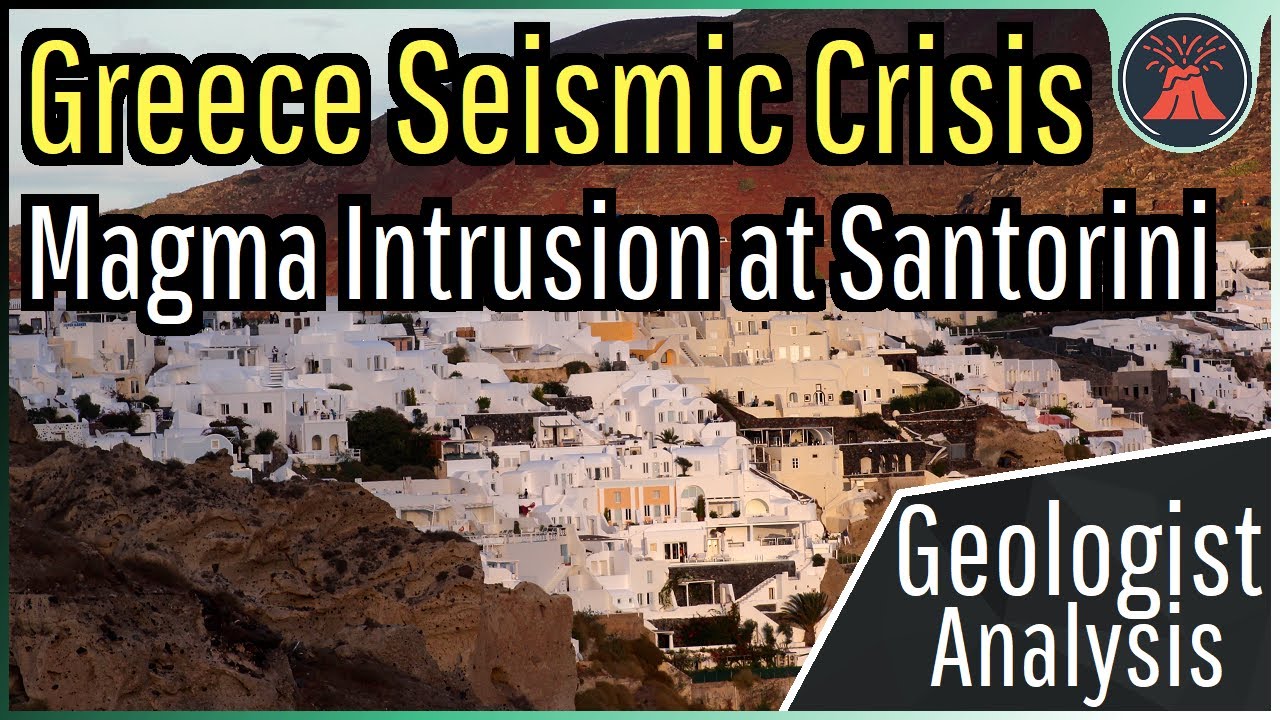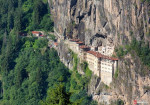
The Aegean’s Tourism Paradise Santorini Shaken by Earthquakes
One of the most popular tourist destinations in the Aegean Sea, Santorini, has recently been in the spotlight due to increasing seismic activity. Thousands of small earthquakes have been recorded in Santorini and its surroundings, prompting close monitoring by scientists. The Crisis Management Committee of the University of Athens has reported an unusual movement in the region, leading officials to declare a state of emergency. But how will this situation affect Santorini’s tourism and safety?
Seismic Activity in the Region and Scientific Explanations
The recent increase in earthquakes around Santorini is directly linked to the island’s geological structure. Situated at the intersection of the African and Eurasian tectonic plates, the island has historically been affected by seismic activity. Scientists are analyzing earthquakes between Santorini and Amorgós to assess the potential risk of a major earthquake.
Professor Nikos Melis from the Geology Department of the University of Athens stated, "Earthquakes in this region are usually linked to volcanic activity. Could another major tremor like the 1956 Amorgós earthquake occur? It’s difficult to say for sure, but current data shows an unusual increase in seismic activity."
The 1956 Amorgós Earthquake and Its Impact on Santorini
Looking at the region’s seismic history, the 7.7 magnitude Amorgós earthquake on July 9, 1956, caused significant destruction in Santorini and its surroundings. At that time:
-
53 people lost their lives,
-
More than 100 were injured,
-
Many buildings in Santorini and neighboring areas suffered severe damage,
-
A tsunami triggered by the earthquake caused additional destruction along the coastline.
Since then, earthquakes in Santorini have generally been of smaller magnitude. However, the recent increase in seismic activity has raised concerns among both locals and authorities.
Impact on Tourism: Are Visitors Concerned?
Santorini is a key destination that welcomes millions of tourists each year. Famous for its whitewashed houses, blue-domed churches, and breathtaking sunsets, the island relies heavily on tourism revenue. However, the rising seismic activity has caused unease among both locals and visitors.
Currently, some hotels in Santorini have reported reservation cancellations, while some tourists are closely monitoring developments in the area. Local governments and tourism officials have set up a crisis desk to keep residents and visitors informed. Authorities are increasing safety measures and strengthening structural inspections as the peak tourist season approaches.
Maria Theodorakis, a representative from the Greek Ministry of Tourism, stated, "There is no widespread panic at the moment. However, if the earthquakes persist, the tourism sector could be negatively affected. The measures currently in place aim to ensure a safe environment in Santorini."
The Seismic Future of Santorini: What Do Scientists Recommend?
While it is difficult to predict Santorini’s seismic future with certainty, experts emphasize the importance of public awareness for both residents and tourists.
According to geologist Dr. Andreas Papadopoulos, "Volcanic and seismic activity in Santorini should be continuously monitored. Buildings must comply with earthquake regulations, and frequent inspections are necessary. Additionally, both residents and tourists should be educated about earthquake preparedness."
Santorini’s rich history and natural beauty have made it one of the world’s top tourist destinations. However, alongside this beauty comes the reality of seismic activity. While officials continue to monitor the situation closely, the tourism sector is also adapting to these developments.
Conclusion: What Should Travelers to Santorini Do?
If you are planning a trip to Santorini, keeping up with current developments in the region is crucial. Tourism officials and hotels are implementing safety measures, while scientists continue to monitor seismic activity.
🔹 Visitors to Santorini should follow official announcements and updates. 🔹 Identifying safe zones and reviewing emergency plans in tourist facilities is essential. 🔹 Hotels and tour operators' safety measures should be considered before traveling.
Santorini remains a stunning destination, both for its natural beauty and historical significance. However, staying informed and prepared is key to ensuring a safe and enjoyable experience.



